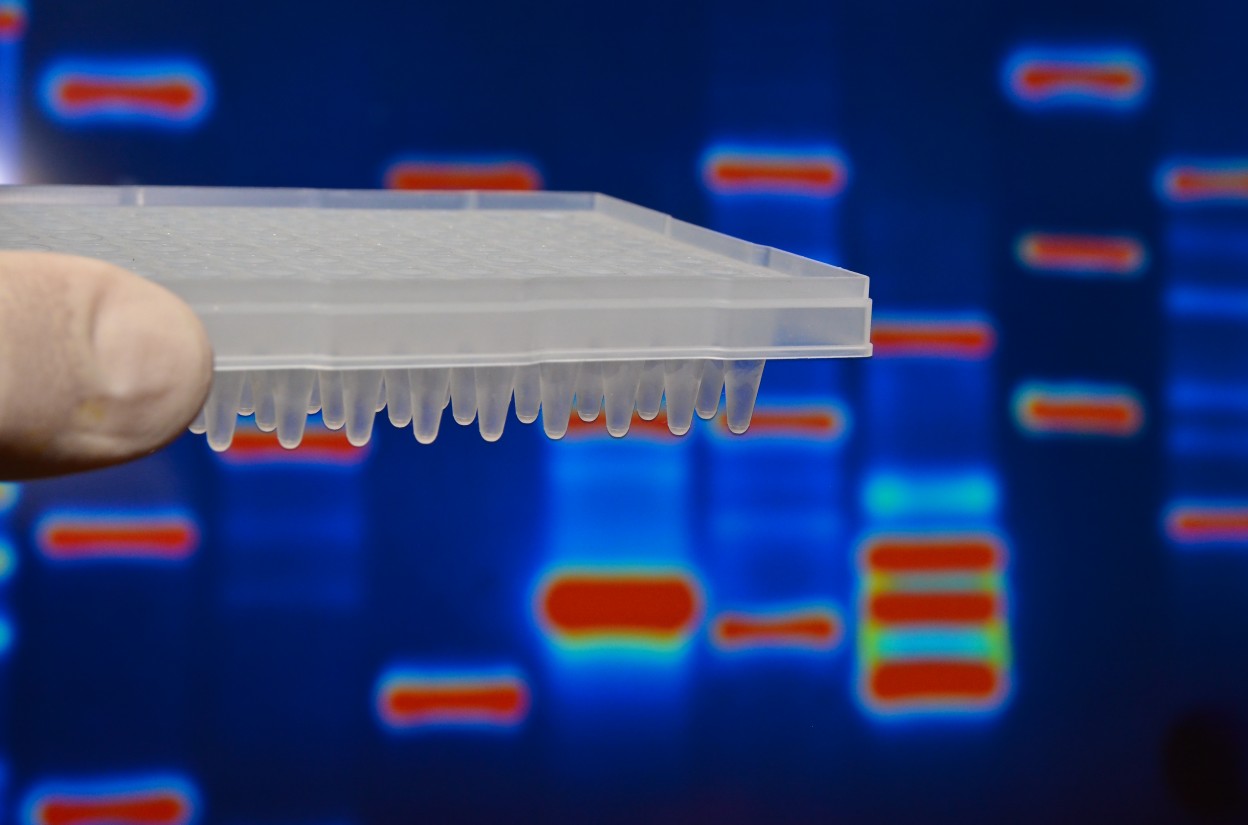Researchers Identify New Potential Primary Biomarker of Fabry Disease
Written by |

One of the molecules that accumulates in Fabry disease has been found to be a useful diagnostic biomarker of classic and late-onset disease, according to a study with Japanese patients.
An analysis of the molecule, globotriaosylsphingosine (lyso-Gb3), was also able to identify unrecognized mutations in Fabry disease.
The study, “Effectiveness of plasma lyso-Gb3 as a biomarker for selecting high-risk patients with Fabry disease from multispecialty clinics for genetic analysis,” was published in the journal Genetics in Medicine.
Fabry disease is a lysosomal storage disorder caused by mutations in the α-galactosidase A (GLA) gene that results in absent or markedly reduced GLA enzymatic activity. This leads to the accumulation of the major target molecules of the GLA enzyme, globotriaosylceramide (Gb3) and lyso-Gb3, in tissues, blood, and urine.
The disease can be classified as classic or late-onset, in which patients lack the classic early manifestations of the disease. Diagnosis of late-onset Fabry disease can be very challenging, and biomarkers of this disease type are urgently needed.
Low levels of GLA activity and the presence of known GLA genetic mutations have been used for the diagnosis of Fabry disease. However, some female patients with recognized GLA mutations have normal levels of GLA activity, and many GLA mutations with unknown significance have been discovered.
Recently, lyso-Gb3 has been suggested as a secondary biomarker of the disease, after diagnosis. However, its potential as a primary biomarker, before genetic confirmation, has not yet been explored.
Now, researchers evaluated whether lyso-Gb3 could be used as a primary biomarker for classic and late-onset Fabry disease. The study included 2,360 Japanese people (1,324 men) suspected of having Fabry disease, who were recruited at 169 Japanese clinics.
Lyso-Gb3 levels and GLA activity were measured in blood samples, and genetic testing was performed in patients with high levels of lyso-Gb3 and/or low levels of GLA activity to confirm the diagnosis.
High levels of lyso-Gb3 efficiently identified both classic and late-onset Fabry disease-recognized mutations in men and women. Also, five new GLA mutations were identified, two as the classic type, and three with unknown significance.
Although all eight men with elevated lyso-Gb3 levels had low GLA activity, only seven of 15 women had the same profile. Eight women showed normal GLA activity, and three of them had mutations with unknown significance.
The relationship between lyso-Gb3 levels and GLA activity is different between men and women, and lyso-Gb3 may be a more efficient biomarker of Fabry disease than GLA.
Researchers also found that men with classic Fabry disease had higher levels of lyso-Gb3 than those with the late-onset type, suggesting that it may be possible to establish a reliable lyso-Gb3 cutoff value to distinguish between the two.
“Using lyso-Gb3 to confirm a diagnosis of [Fabry disease] may represent a good approach in females and patients with late-onset [Fabry disease],” researchers wrote.
The team noted that some cases of Fabry disease may have been missed. Not all patients gave permission for genetic testing, and normal levels of lyso-Gb3 may not exclude the disease in women, as six of them showed low levels of GLA activity.





